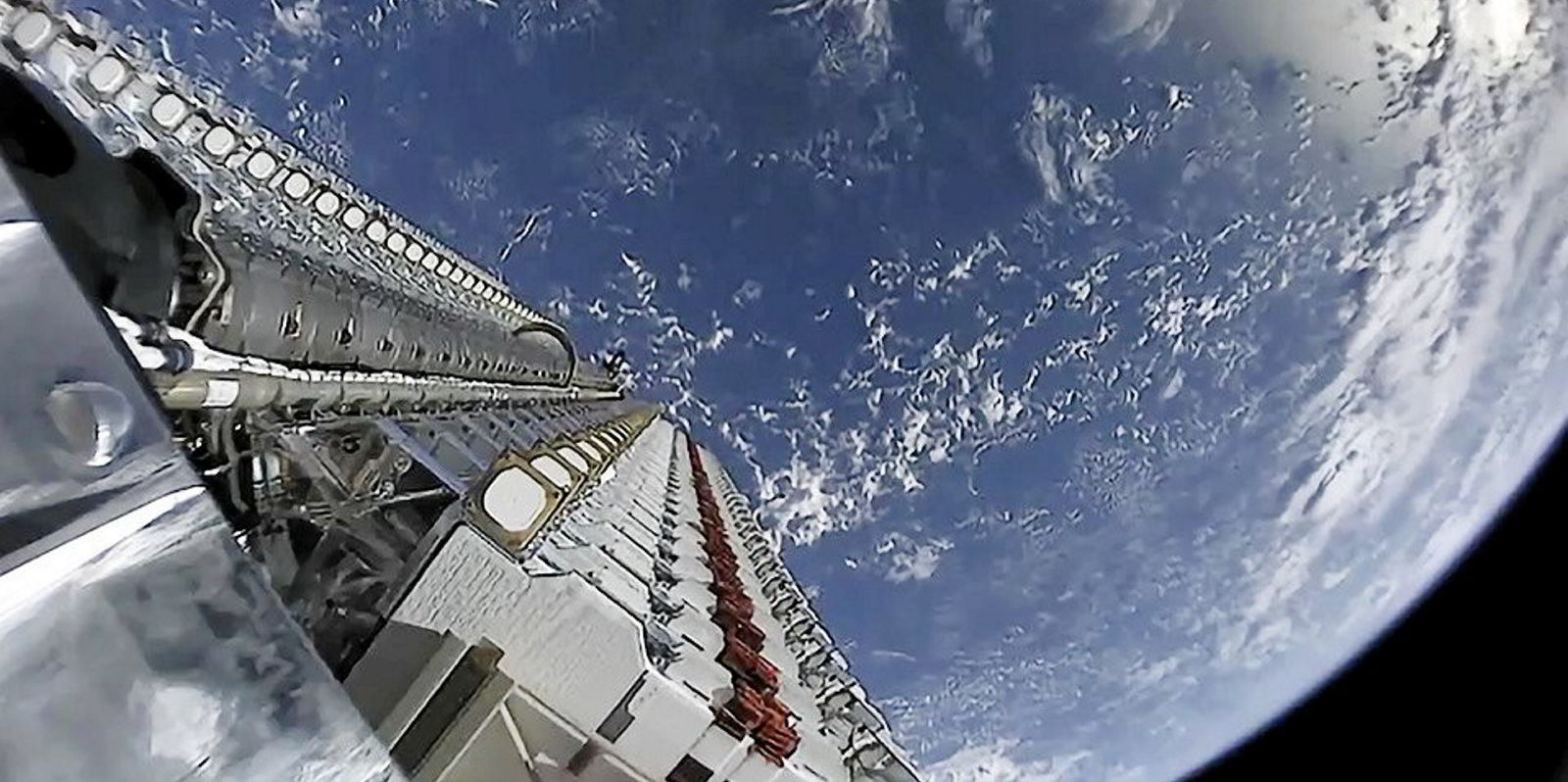Elon Musk’s SpaceX Services and Canada’s Kepler Communications have garnered approval from US officials to install satellite equipment on vessels.
The approval represents a step for both companies to jump into the market for providing broadband connectivity to the maritime sector with low-earth satellite networks.
The Federal Communications Commission (FCC) granted SpaceX to operate both consumer and enterprise earth stations in motion, a term for satellite communications equipment that can be installed in vehicles or vessels.
The company has installed more than 2,400 satellites in low-earth to create its Starlink network, which provides high-speed internet service.
In its application, SpaceX argued that its Starlink service would provide the first chance at access for some users and new competition to the market as demand grows rapidly for broadband internet while on the move.
“Authorising a new class of terminals for SpaceX’s satellite system will expand the range of broadband capabilities to meet the growing user demands that now require connectivity while on the move, whether driving an RV across the country, moving a freighter from Europe to a US port or while on a domestic or international flight,” the commission said.
Kepler, a Toronto-based communication firm that has put 19 satellites into orbit, received FCC approval for a more focused application aimed at installing so-called Earth stations on vessels (ESVs).
It is aiming to install the equipment on vessels operating in US territorial waters, or US-flag vessels operating in international markets.
“Authorisation of the Kepler ESV service will provide much-needed connectivity to vessels in territorial waters of Hawaii and Alaska and remote areas throughout the world, including the Arctic and Antarctic polar regions,” the FCC said.

Both Kepler’s and SpaceX’s applications involve Ku-band communications from low-earth orbit, non-geostationary satellites.
After fielding complaints from existing satellite providers that claimed the SpaceX and Kepler applications could lead to interference, the FCC placed conditions on the approval of part of the Ku-band spectrum.(Copyright)




